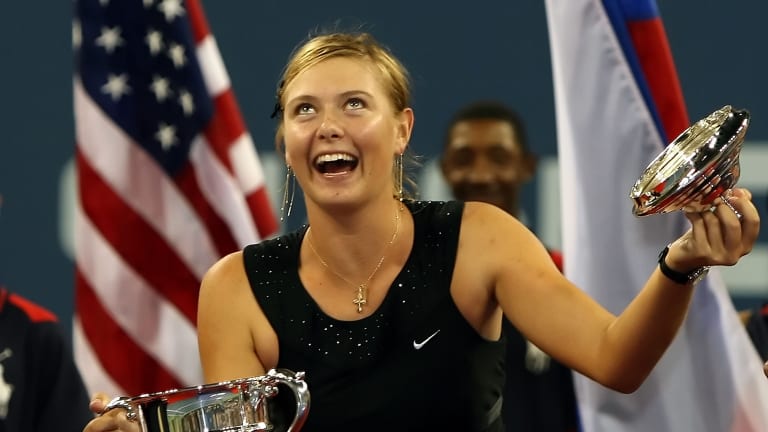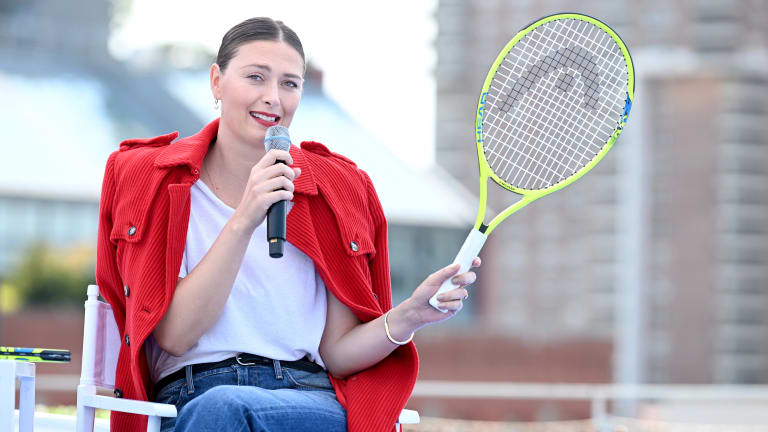US Open
#FBF: As Maria Sharapova returns to the US Open in a different role, revisit her 2006 NYC summer romance
By Sep 09, 2022US Open
Stefanos Tsitsipas to Daniel Altmaier: “Don’t wonder why I hit you” after underarm serve
By Aug 29, 2025US Open
Taylor Fritz had takes on the photographer who interrupted Daniil Medvedev and Benjamin Bonzi
By Aug 25, 2025The Business of Tennis
Jannik Sinner surpasses 50 million dollars in career prize money after winning Vienna
By Oct 27, 2025Your Game
Tecnifibre releases special-edition Danille Collins pickleball paddle
By Oct 04, 2025Style Points
Spotted: Carlos Alcaraz checks out Roger Federer’s ultra-rare Rolex at Laver Cup
By Sep 24, 2025Your Game
Racquet Preview: Solinco unveils Blackout V2
By Sep 24, 2025Player News
Elina Svitolina shuts down 2025 season “to heal and recharge”
By Sep 23, 2025Your Game
Geared Up: Victoria Mboko is turning heads in all Wilson
By Sep 23, 2025Lifestyle
Victoria Mboko: 'Legacy in motion' captured in Rolling Stone Africa cover story
By Sep 22, 2025#FBF: As Maria Sharapova returns to the US Open in a different role, revisit her 2006 NYC summer romance
Artifice and authenticity came together perfectly for the Russian that year in Queens.
Published Sep 09, 2022
Advertising

Sharapova's second of five major title runs came at the 2006 US Open.
© Getty Images
Advertising

Sharapova at Friday's GLAM SLAM Presented by NYFW in New York.
© Getty Images for IMG